With the rapid rise in covid cases, we need to protect ourselves the best we can. We must follow all protocols, use double masks, take steam, sanitise ourselves after visiting any outside space, and keep a close eye on ourselves and family members, in case of any symptoms. Although, masks and sanitisers help, a lot, what if you have a covid positive patient at home? And you are negative? How must to tend to that family member maintaining all rules?
To answers these important queries, TC46 connected with Dr Chandrashekhar T, Chief Intensivist, Fortis Hiranandani Hospital, Vashi. Here he explains 9 things to remember when in contact with a COVID-19 patient, the difference in the new strain of the virus as compared to the older one, and important information on quarantining when with a positive patient.
1. The difference between the new strain of COVID-19 versus the old
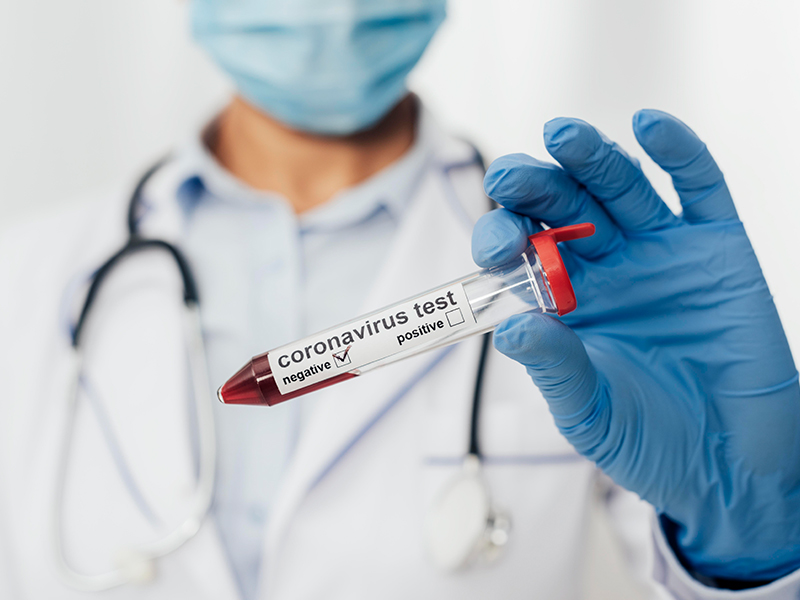
The new variant of Coronavirus called B.1.617, was initially detected in India with two mutations — the E484Q and L452R. Viruses mutate all the time, as part of evolutionary biology. Some mutations weaken the virus while others may make it stronger, enabling it to proliferate faster or cause more infections. These have been categorized as Variants of Concerns (VoC) but require the same epidemiological and public health response of increased testing, comprehensive tracking of close contacts, prompt isolation of positive cases and contacts, as well as treatment as per National Treatment Protocol defined by the ICMR.
2. Look out for these symptoms with the new strain

The difference between the presentation of this new strain virus as compared to last year has very little modification. Following are the heightened symptoms one may witness:
- A lot of weakness
- Persistent fever
- Rise in COVID-19 cases in children, with mild symptoms or completely asymptomatic
- Increased respiratory problems
3. Ensure distance and hygiene when quarantine with a positive family member
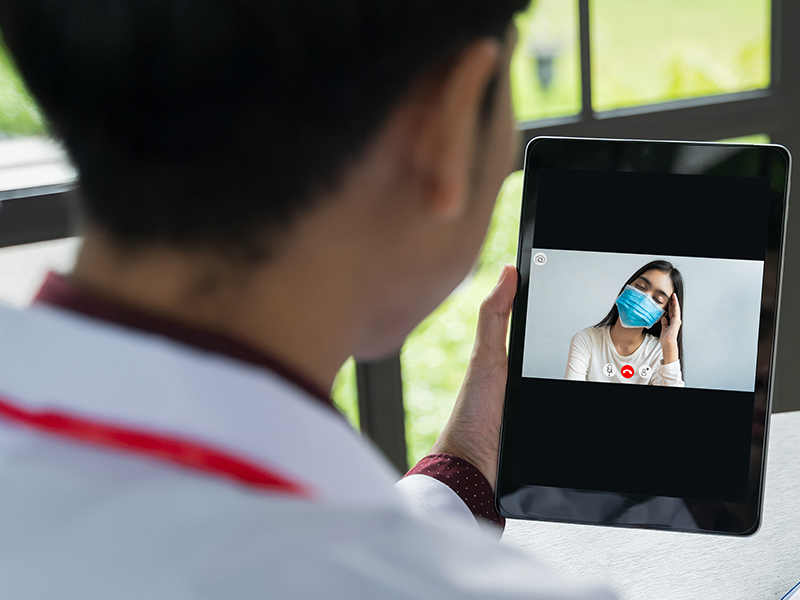
People who are infected should follow the norms and protocols laid down by the ICMR. Test yourself, get registered with the Arogya Setu app so that you can get the required medical assistance on time from the municipal authorities, self-isolate at home, always wear an N-95 mask, avoid public transport, seek medical aid immediately, keep yourself hydrated and call your doctor for further instructions.
4. Ensure negatively tested members follow the right protocols
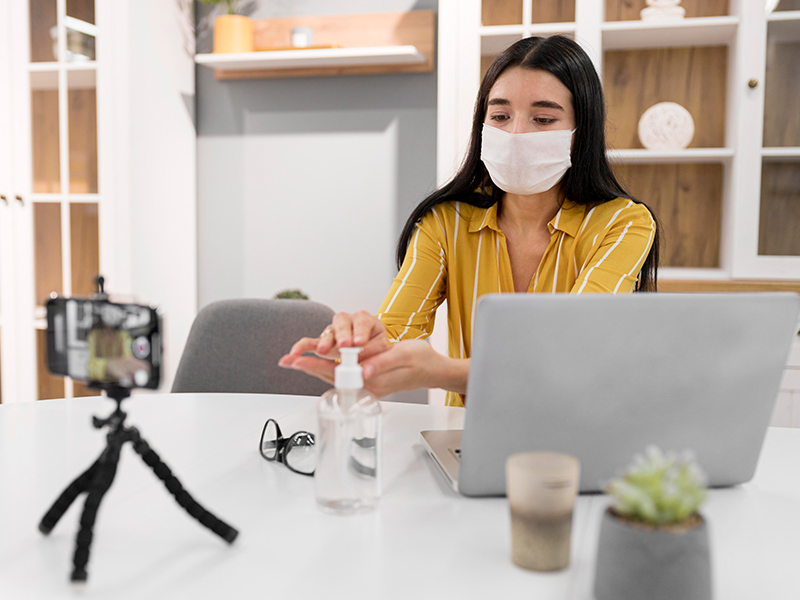
Family members must maintain social distancing, avoid moving in and out of the patient’s room as much as possible, consume Vitamin C rich food, drink warm water at least 2-3 times a day, and eat warm, healthy and hygienic food.
5. Sanitization process when cohabiting with someone who has tested COVID-19 positive
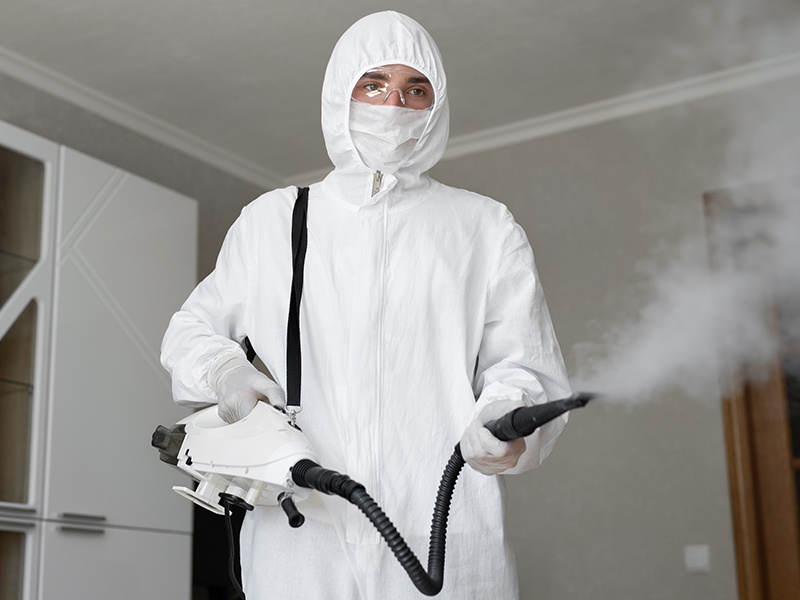
Due to the potential survival of the virus in the environment for several days, the premises and areas would be potentially contaminated with the COVID-19 virus. Previously shared spaces and objects should be cleaned before their re-use, using products containing antimicrobial agents known to be effective against coronaviruses. Although there is a lack of specific evidence for their effectiveness against the CoV-19 virus, cleaning with water and household detergents and the use of common disinfectant products should be sufficient for general precautionary cleaning. Tests carried out using SARS-CoV showed that Sodium Hypochlorite is effective.
To do a terminal cleaning of the isolation room, do the following:
- Before cleaning an isolation room, liaise with the infection control team for details of any special requirements
- Safety uniform to be worn
- Chemicals or disinfectants to be used
- All frequently touched areas of the house like doorknobs, light switches, TV remotes, cabinets, kitchen counters, and other items and places should be disinfected regularly
6. Family members need to wear masks and gloves when in contact with a positively tested member
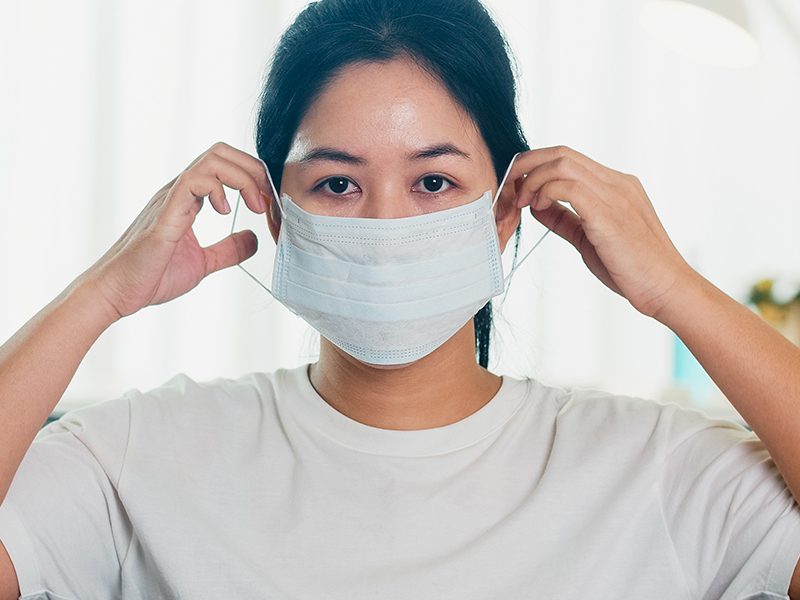
The family member must certainly wear a mask, as the virus remains in the air. It is important for family members to wash their hands at regular intervals with water and soap for around 20 secs. Stay hygienic and eat hygienic food. It is best to keep the room of the positively tested family member closed. However, there has to be a facility by which the person isolated can easily call up to the rest of the family when help is needed.
7. Scientists suggest the virus is airborne. Hence it is advisable to reduce contact as much as possible
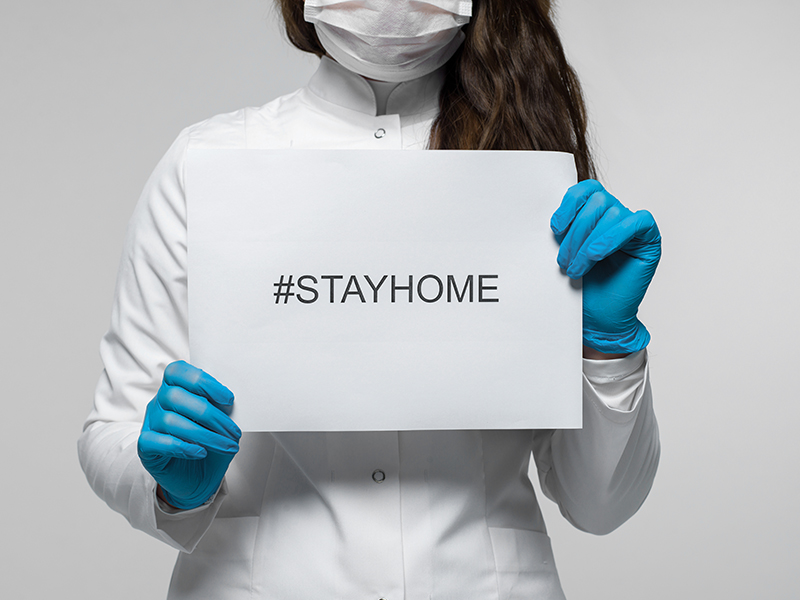
The Coronavirus can spread through the air. Now, scientists suggest that the virus is airborne and so people could be infected simply by inhaling the virus in tiny aerosol droplets exhaled by someone talking or breathing. Therefore, wearing is mask is a must and a 6 feet distance is also equally important. However, if you are caring for a very sick person who needs help you may better wear a double mask and gloves. After which immediately change your clothes and take a bath or wash your hands and feet properly.
8. Healthy habits and home remedies advised for the Covid-19 positive member and the rest of the family members
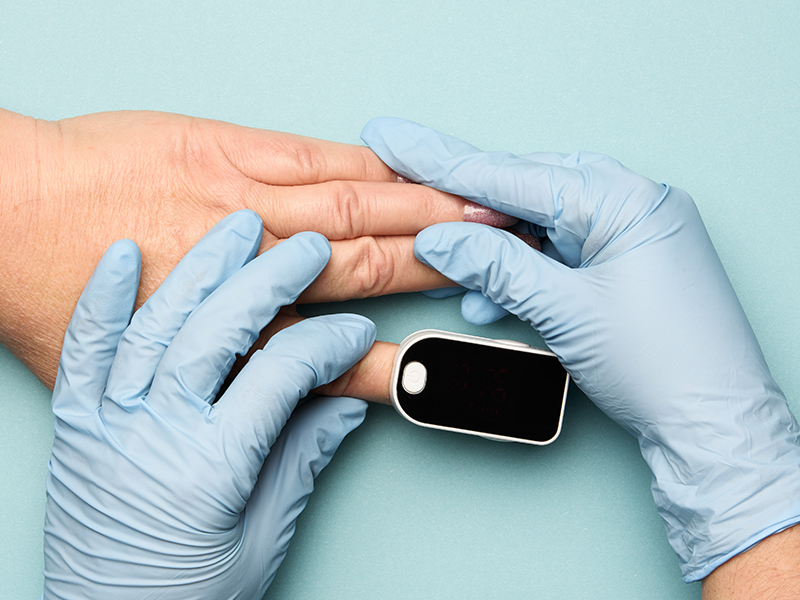
- The first step towards taking care of a COVID-19 patient at home is to have them quarantined in a separate room and in complete isolation. The patient should stay in a properly ventilated separate room with a bathroom that is dedicated for the patient only
- There should be only one family member designated with the task of taking care of the patient
- Wear a mask all the time. Have a pair of disposable gloves on while handling the utensils or laundry of the patient and maintain a physical distance of at least six feet from the patient
- Monitor health vitals like oxygen levels, temperature, and BP at least 2-4 times in the day
- Ensure that the patient at home has an oxygen level that is more than 96% and a respiratory rate less than 16 per minute in the resting state
- Physician looking after the case must be kept informed of the health statistics from time to time
- The caregiver must focus on the patient’s liquid intake. Adequate hydration is extremely important for faster recovery from COVID-19
- The patient must eat nutritious food for faster recovery
9. Sanitization process that should be followed after the family member tests negative
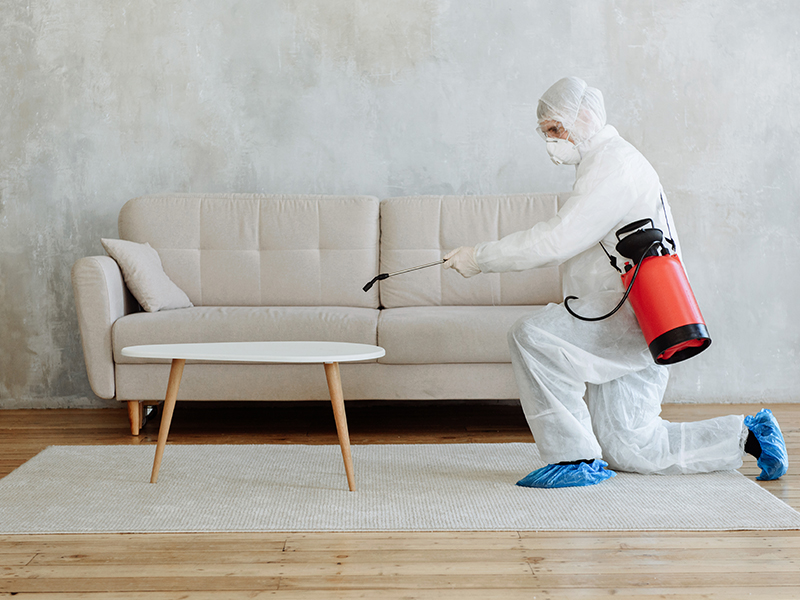
The final sanitization should be done with the help of municipal authorities or by a professional sanitization agency.

